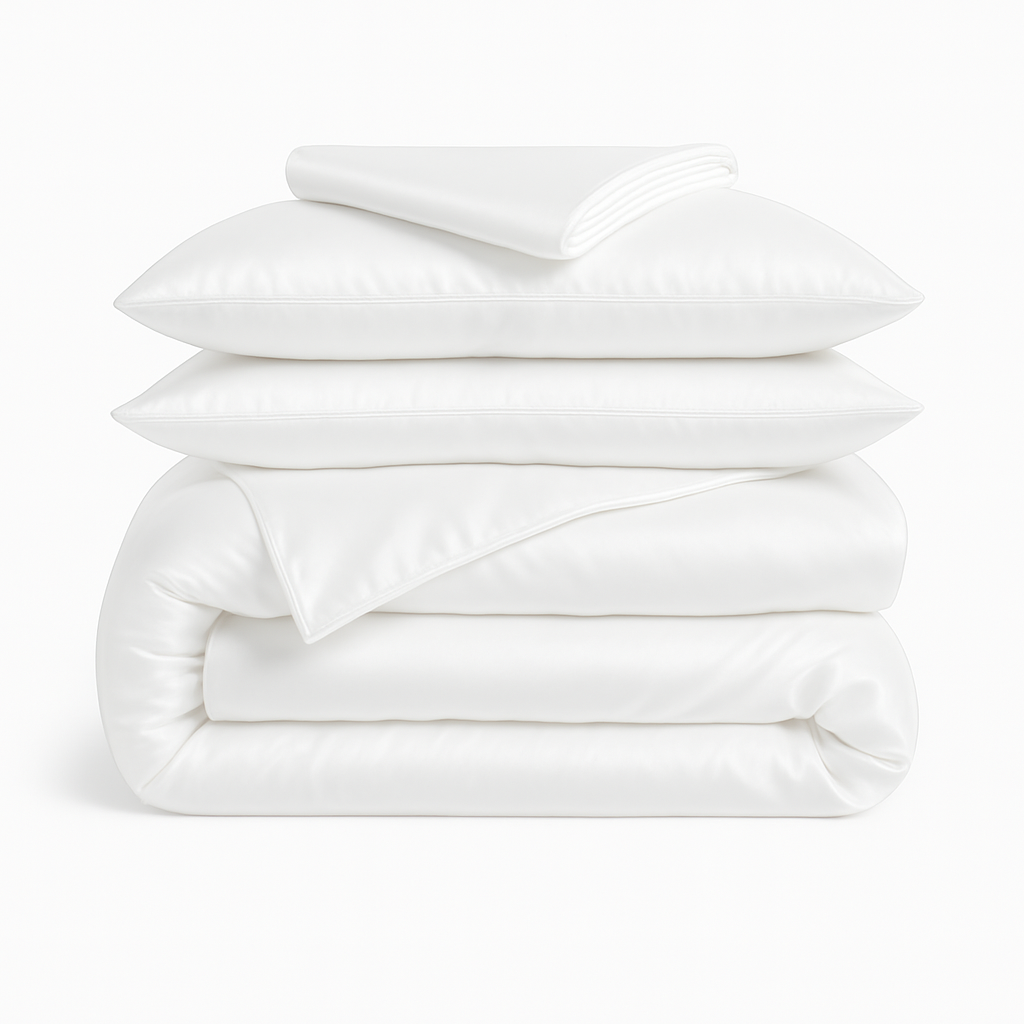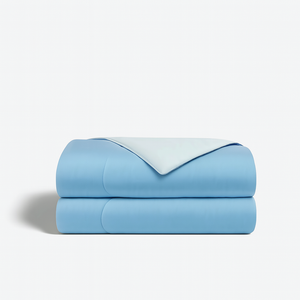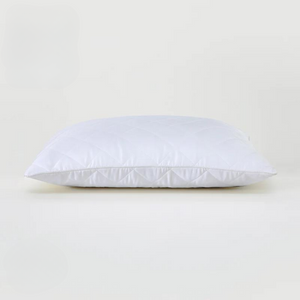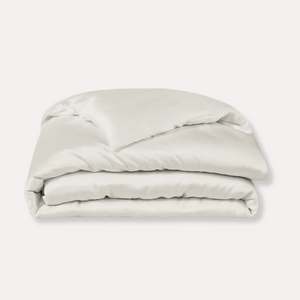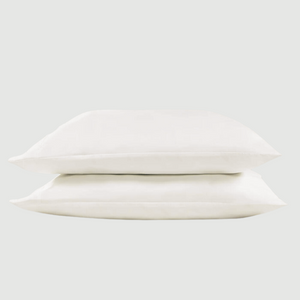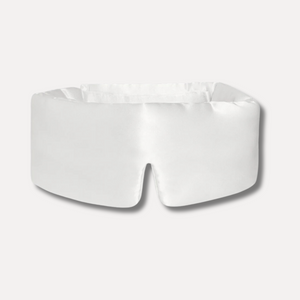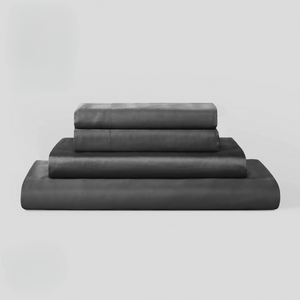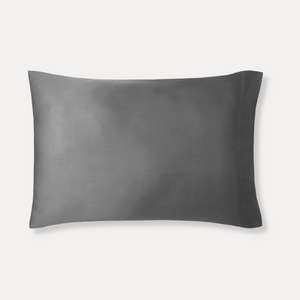For years, shoppers have been told that a higher thread count means better sheets.
1,000-thread-count sheets? Must be luxurious.
400-thread-count sheets? Probably “just okay,” right?
Not quite.
While thread count plays a role in how sheets feel, it’s far from the full story. In fact, super high thread counts can sometimes mean lower quality.
Here’s what really matters when it comes to finding high-quality, long-lasting bedding — and why focusing on the right factors (not just the numbers) can completely change the way you sleep.
What Thread Count Actually Means
Thread count is the number of horizontal (weft) and vertical (warp) threads woven into one square inch of fabric.
So, for example:
- A 300-thread-count sheet might have 150 horizontal and 150 vertical threads.
- A 600-thread-count sheet simply doubles that density.
Sounds straightforward — but the reality is more complicated.
The Hidden Issue with Ultra-High Thread Counts
At some point, manufacturers discovered that consumers equate “bigger number = better quality.” To capitalize on that, some began using multi-ply yarns — twisting several thinner, weaker strands together — to artificially inflate the thread count.
The result?
- Less breathable fabric (too tightly woven)
- Heavier and less flexible sheets
- Fibers more prone to breakage and pilling
So that “1,000-thread-count luxury sheet set” might sound impressive, but it could actually feel thick, heavy, and trap heat — the opposite of what most people want for a restful night’s sleep.
Pro tip: For most premium bedding, a thread count between 300–500 is the sweet spot — soft, durable, and breathable.
The Real Secret: Fiber Quality and Length
If thread count isn’t the ultimate marker of quality, what is?
In one word: fiber.
The type and length of the fibers used to spin the yarn make the biggest difference in how sheets feel and last over time.
Why Fiber Length Matters
Longer fibers (known as long-staple or extra-long-staple) can be spun into smoother, stronger yarns that resist pilling and fraying. Shorter fibers create rougher texture and weaker fabric.
Here are some top-quality examples:
- Egyptian Cotton: Extra-long staple, luxuriously soft and breathable
- Pima Cotton (Supima®): Durable, silky smooth finish
- Eucalyptus Lyocell (TENCEL™): Long, fine fibers that naturally regulate temperature and wick moisture
In fact, fiber quality and weave construction determine comfort far more than the thread count number on a label.
Weave Matters Too: Percale, Sateen, and Beyond
The weave — how threads are interlaced — has just as much impact on feel as the materials themselves.
-
Percale Weave:
A classic one-over-one-under pattern that creates a crisp, breathable finish. Ideal for hot sleepers or warm climates. -
Sateen Weave:
A three-over-one-under weave that produces a smooth, lustrous texture. Feels slightly warmer and drapier — great for cooler weather or those who prefer a silky feel.
Even at the same thread count, percale and sateen sheets can feel completely different. The weave choice often determines the “hand feel” (how fabric touches the skin) and air circulation.
Pro tip: If you love the soft, cool feel of high-thread-count sateen but want better breathability, eucalyptus lyocell sheets offer a perfect balance — silky smooth but naturally cool.
The Finishing Touches: Weave Density, Yarn Quality, and Care
Beyond fiber and weave, the final stages of production also influence quality:
- Yarn size: Finer yarns create a softer hand feel.
- Finishing: Enzyme washes or calendaring can enhance softness.
- Care: Proper washing keeps fibers supple — skip harsh detergents and high heat.
High-quality sheets are designed to get softer over time, not degrade after a few washes.
The Takeaway: Quality Is More Than a Number
Thread count can guide you — but it’s not the ultimate indicator of luxury or comfort. What you should look for instead:
Long-staple or high-grade natural fibers
A breathable weave (percale, sateen, or lyocell)
Honest transparency from the brand (no “inflated” counts)
Comfortable feel suited to your sleep habits
When you focus on fiber, weave, and craftsmanship, you’ll end up with sheets that feel amazing on night one — and still feel luxurious years later.
Looking for True Quality Sheets?
Our Eucalyptus Lyocell Bedding Collection is made from long, silky fibers that deliver the best of all worlds:
- Naturally breathable and moisture-wicking
- Ultra-soft with a smooth, sateen-like finish
- Hypoallergenic and sustainably produced
- Perfect balance of softness, coolness, and durability
Forget chasing numbers — choose bedding that’s smartly made for better sleep.
